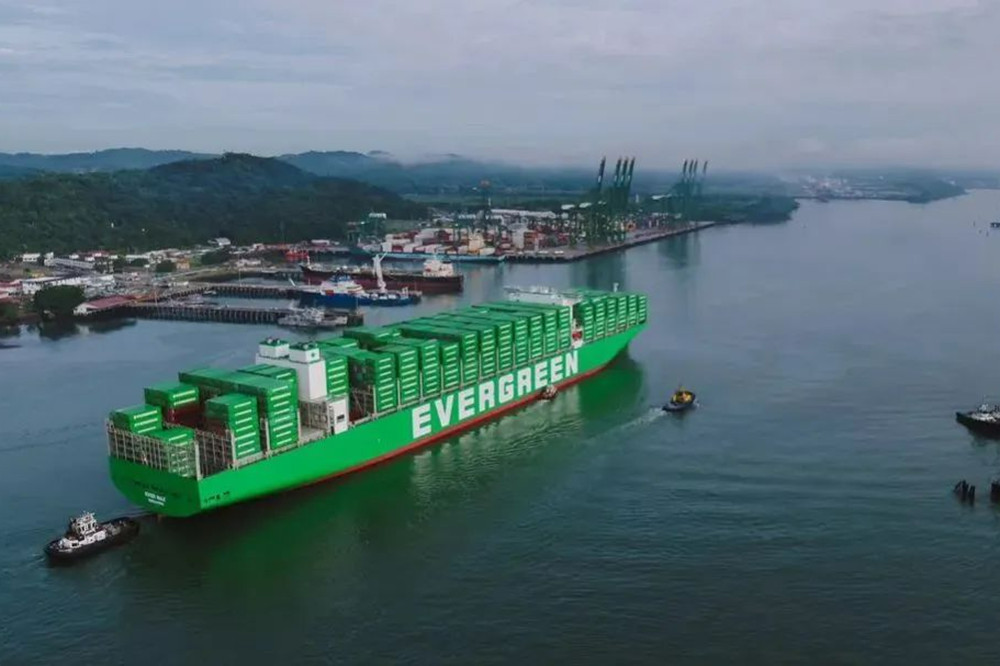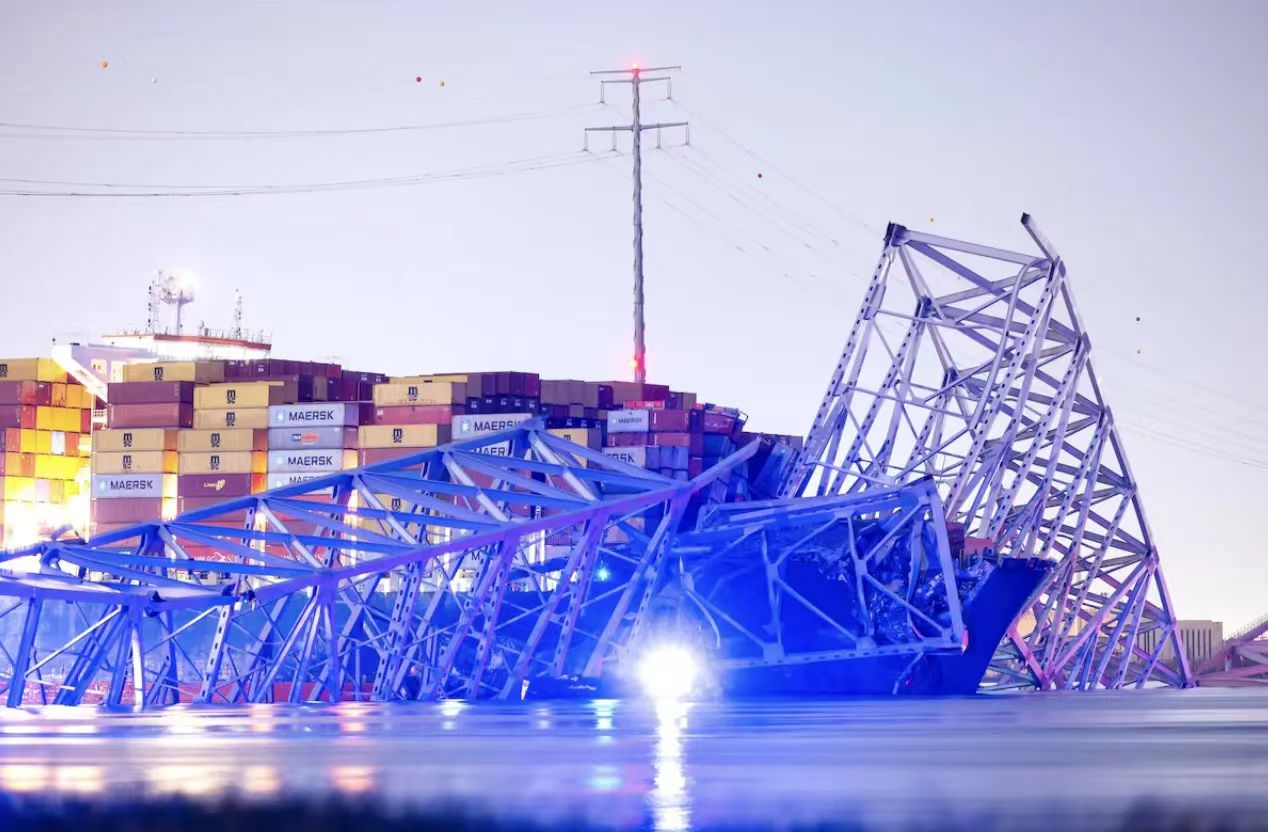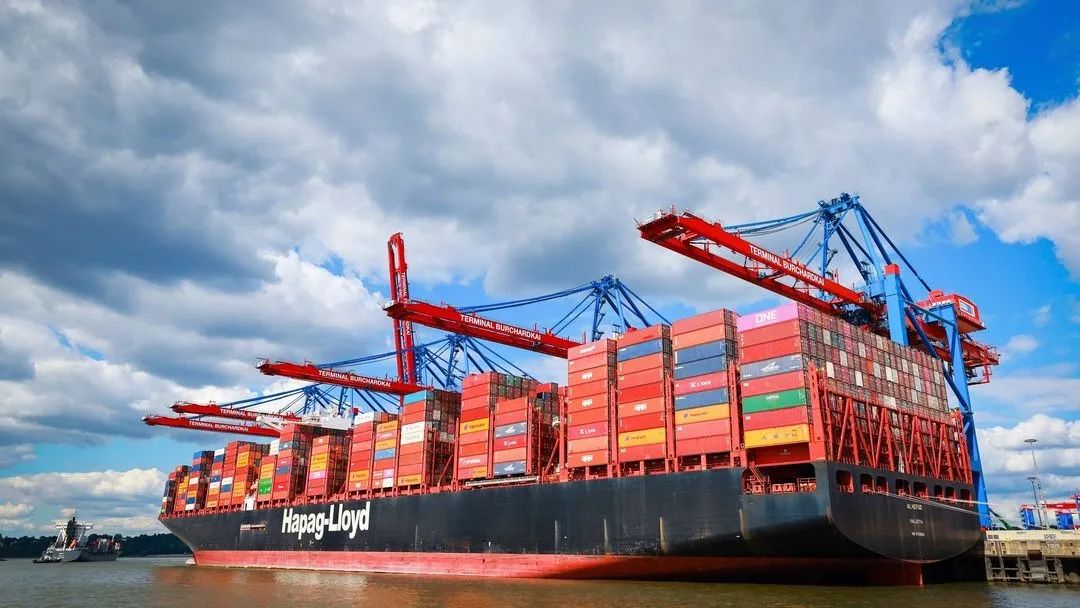The Panama Canal water level will shrink further
2023-11-30 15:05:00

In order to mitigate the impact of severe drought, the Panama Canal Authority (ACP) recently updated its shipping restriction order. The number of daily ships passing through this major global maritime trade channel will be reduced from 32 to 31 ships starting in November.
Given that next year will be drier, there may be further restrictions.
Canal drought intensifies.
A few days ago, ACP stated that as the water shortage crisis has not been alleviated, the agency "found it necessary to implement additional adjustments, and the new regulations will be implemented from November 1." Drought conditions are likely to continue into next year.
Several experts have warned that maritime trade could be disrupted given the prospect of more drought next year. It believes that Panama's dry season may start early. Higher than average temperatures may increase evaporation, causing water levels to be close to record lows in April next year.
The rainy season in Panama usually starts in May and lasts all the way to December. However, today the rainy season came very late and the rainfall was intermittent.
Canal administrators once said that Panama would experience drought every five years or so. Now it appears to happen every three years. Panama's current drought is the driest year since records began in 1950.
A few days ago, Vazquez, director of the Panama Canal Authority, said in an interview with reporters that traffic restrictions may lead to a loss of US$200 million in canal revenue. Vazquez said that in the past, water shortages in the canal occurred every five or six years, which was a normal climatic phenomenon.
This year's drought is severe, and as climate change intensifies, water shortages in the Panama Canal may become the norm.
Restrict shipping volume again
Recently, Reuters reported that ACP has implemented a number of navigation restrictions in recent months to save water, including limiting the draft of ships from 15 meters to 13 meters and controlling daily shipping volume.
Generally speaking, normal daily shipping volume can reach 36 ships.
To avoid ship delays and long queues, ACP will also provide new timetables for New Panamax and Panamax locks to allow customers to adjust their itineraries.
Prior to this, the Panama Canal Authority had stated that due to a severe drought, which resulted in a significant drop in water levels, water conservation measures were adopted at the end of July and it would temporarily restrict the passage of Panamax ships from August 8 to August 21. The number of ships per day dropped from 32 to 14.
Not only that, the Panama Canal Authority is considering extending the canal traffic restrictions until September next year.
It is understood that the United States is the country that uses the Panama Canal most frequently, and about 40% of container cargo needs to pass through the Panama Canal every year.
Now, however, as it becomes increasingly difficult for ships to transit the Panama Canal to the U.S. East Coast, some importers may consider rerouting via the Suez Canal.
But for some ports, switching to the Suez Canal may add 7 to 14 days to the shipping time.











